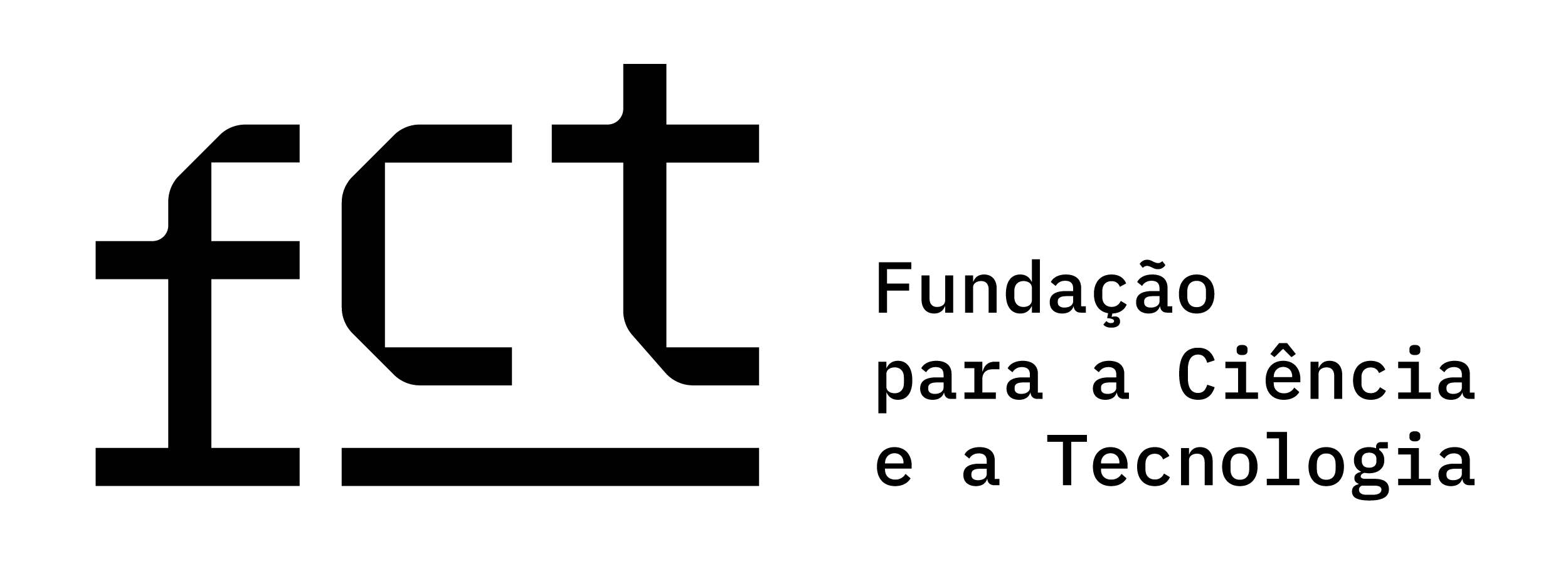MIXED UP
Yeasts of the hemiascomycete family have huge impact in human society. On one hand, they have been used for millennia as cell factories, particularly the model yeast Saccharomyces cerevisiae, currently used for the industrial production of recombinant proteins, drugs, biofuels and other added value compounds. On the other hand, several species within this family have also been identified as important human secondary pathogens, including those of the Candida genus, that are the causative agents of superficial and disseminated candidiasis, the later associated to high mortality rates.
In this project, we propose to use Systems Biology tools to improve the control of pathogenesis in Candida species and to improve the productivity of S. cerevisiae as a cell factory. To do so, genome-scale Boolean transcription regulatory models and stoichiometric metabolic models will be constructed for S. cerevisiae, as a model system, and the two most relevant Candida species, C. albicans and C. glabrata. Methods will further be developed for the coordination of the two types of generated models , leading to the development of unified mixed regulatory-metabolic genome-scale models for these three species. Mixed regulatory-metabolic models constructed for C. albicans and C. glabrata, will be used to identify, through in silico simulation, the key players involved in pathogenesis and drug-resistance phenotypes, particularly within the core transcription factors. New pathogenesis hubs will be characterized, followed by the identification, within a comprehensive library of FDA-approved compounds, of promising new antifungal drugs that act as inhibitors of such hubs. Mixed regulatory-metabolic model constructed for S. cerevisiae will also be used to identify, through in silico simulation, the genes, whose manipulation is predicted to improve strain robustness against fermentation-related stresses and improve the production yield of added value compounds. Specifically, the production of the fuel bioethanol and added value compounds of the terpene family will be considered.
Altogether, this project will provide new computational platforms for the study and biotechnological exploitation of S. cerevisiae, and for the study and therapeutic control of pathogenic yeasts. These platforms, as proofs-of-concept, and the methods created for their development, are expected to have a huge impact in the development of similar systems biology tools for other organisms. Additionally, this project is expected to provide as outcomes promising new drug-targets and new drugs for the treatment of candidiasis and improved S. cerevisiae cell factories towards a sustainable bio-based economy.



